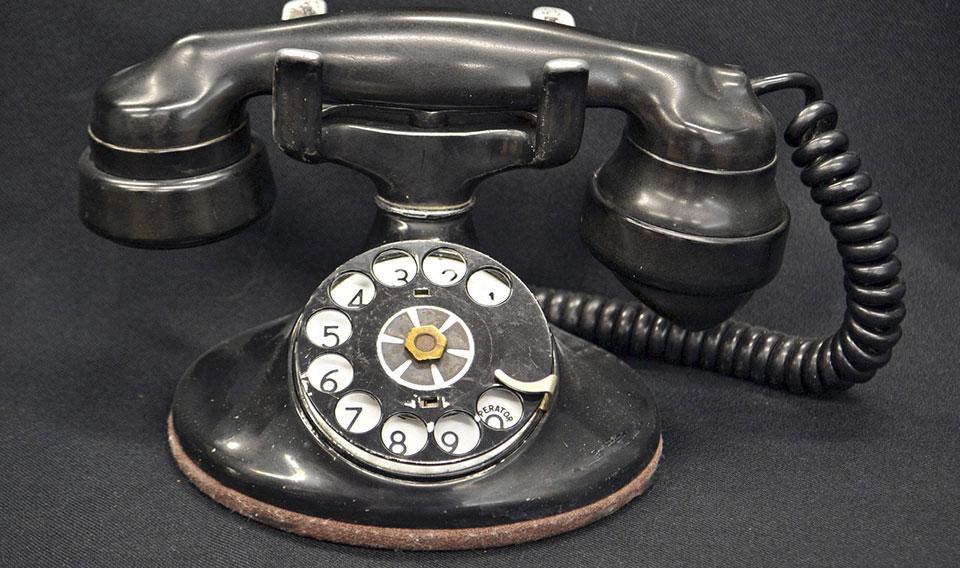
Date:
In our new video series, Ingenious, Susannah Carroll and Trace Dominguez look at the history of many inventions that have changed our world – including the telephone. Most people know Alexander Graham Bell as the inventor of the telephone, but there is so much more to that story.
When we think of an inventor, we often think of someone with a singular passion for whatever it is that they’re working on. This was not the case for Bell. At least, his passion wasn’t for the telephone. Instead, Alexander Graham Bell was devoted to the idea of oralism – teaching the deaf to speak using lip-reading and verbal speech, as opposed to sign language. In her book, The Invention of Miracles: Language, Power and Alexander Graham Bell’s Quest to End Deafness, Katie Booth explores how this idea shaped Bell’s life, as well as his most famous invention.
Alexander Graham Bell initially used Visible Speech, a method developed by his father, Alexander Melville Bell, to teach deaf people, including Helen Keller and his future wife Mabel. Visible Speech uses symbols to represent different sounds that are made when a person speaks. Bell further developed his father’s work and lectured around the country, promoting his ideas. With help from Bell, oralism caught on and became the primary method through which deaf children were taught, well into the 20th century.
It was through his work with the deaf and his careful study of how sound is transmitted via the human voice that led Bell to the invention of the telephone. Fascinated by Samuel Morse’s telegraph, Bell set out to use what he knew about sound and speech to improve upon the idea of transmitting communication. Bell demonstrated a “harmonic telegraph” – an early telephone – at the Centennial Exposition in Philadelphia in 1876. Also in 1876, Alexander Graham Bell filed a patent for his invention, on the same day that another inventor, Elisha Gray, filed a patent for a similar invention. Bell was awarded the patent, but Bell and the Bell Telephone Company were involved in legal battles for several years.
Alexander Graham Bell used the money and fame he received to further his work with the deaf. While he was driven by a sense of compassion, he often ignored deaf communities’ opinions and advocated ideas about deafness that were related to eugenics, such as the idea that deaf people should not marry, lest they give birth to deaf children. Bell’s techniques pushed for deaf people to become integrated into society, but insisted that that happen by the deaf becoming like everyone else, even if, in many cases, it was impossible for them to do so. Along with the telephone (as well as other inventions), the way that we treat and educate the deaf community today is part of Bell’s legacy.


